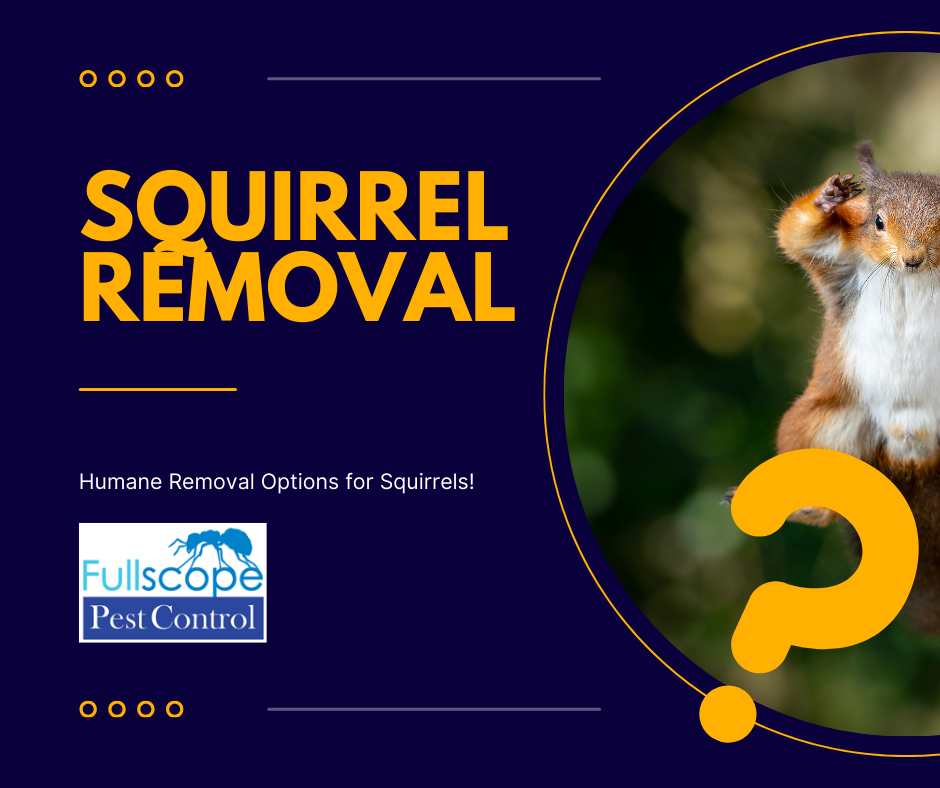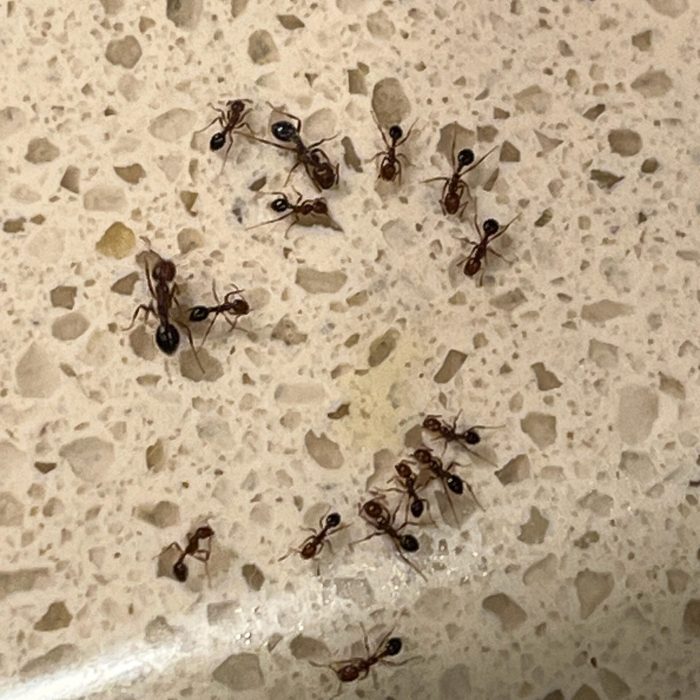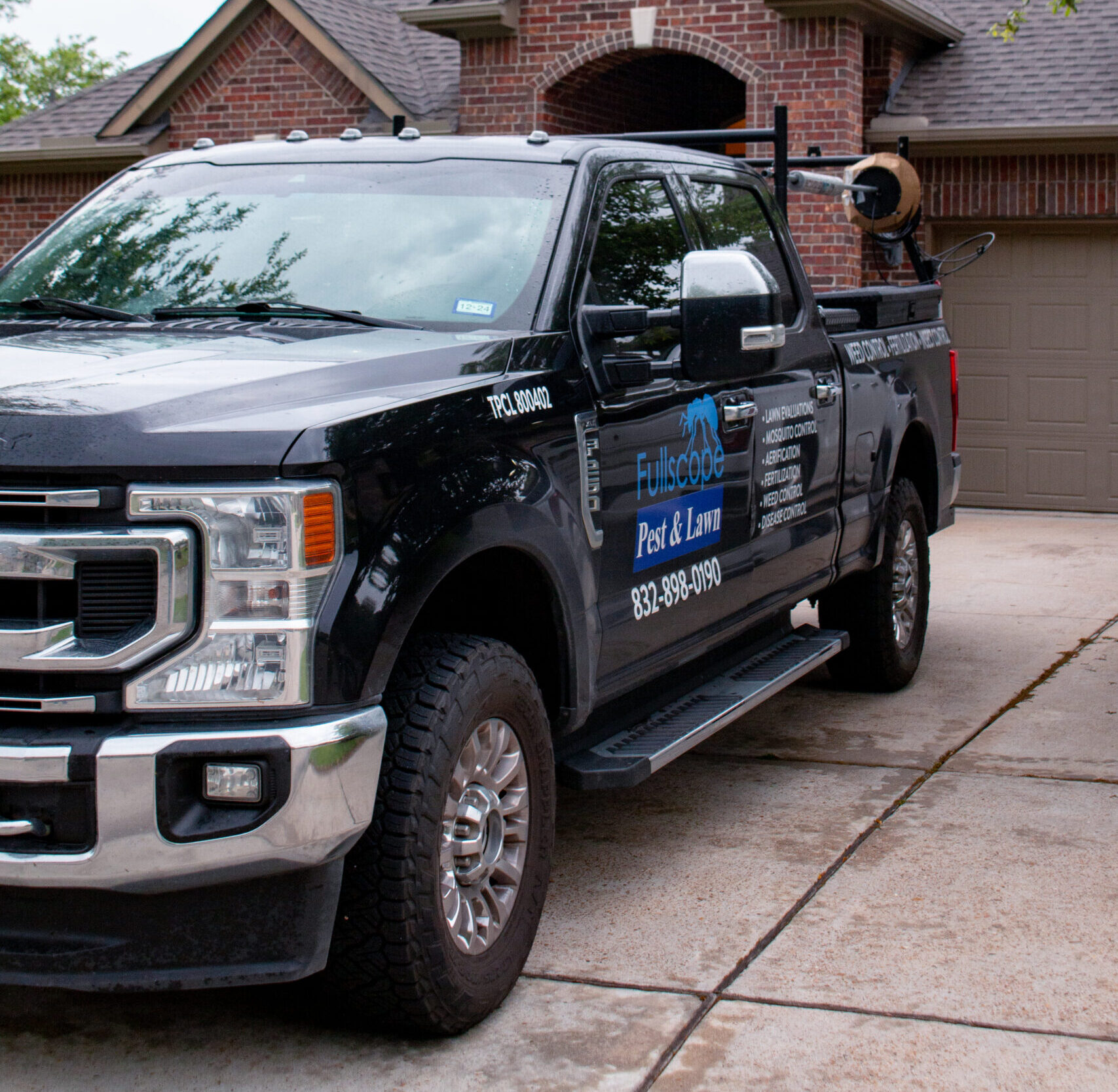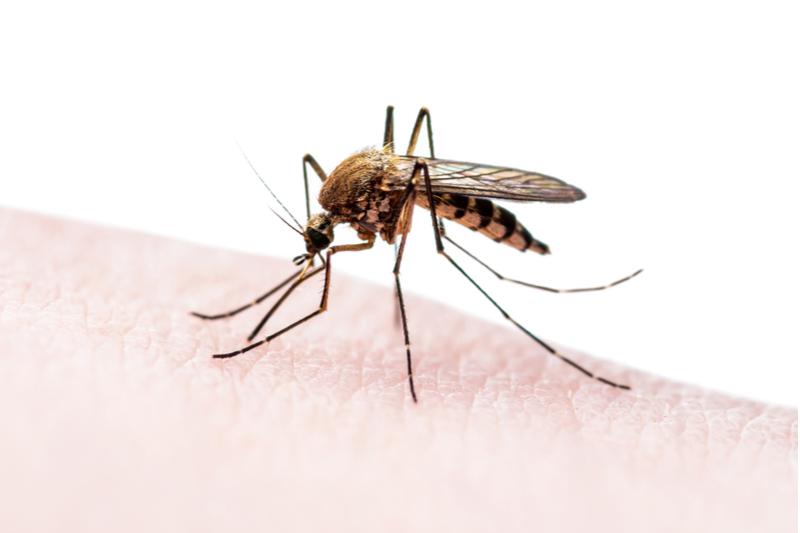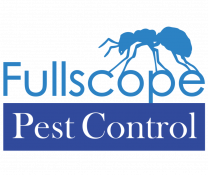Imagine the scenario: you’re enjoying a quiet evening at home when you start hearing strange scratching and scurrying sounds above your head. It doesn’t take long to realize that you have some unexpected, furry visitors in your attic. Squirrels, with their agile nature and persistent curiosity, can find their way into your home and set up residence in the cozy confines of your attic. While they may seem cute from afar, having squirrels in your attic can lead to a variety of problems, from damaged insulation to potential fire hazards. In this guide, we’ll explore effective and humane methods for removing squirrels from your attic and ensuring they don’t return.
Identifying the Problem:
The first step in dealing with a squirrel infestation is to confirm that these critters are the culprits. Common signs include scratching and running sounds in the attic, chewed wires or insulation, and the presence of nests or droppings, unsure you can call FullScope Pest Control to determine the issue. Once you’ve established that you have a squirrel problem, it’s time to take action.
Humane Removal Methods:
Inspect Your Home:
Conduct a thorough inspection to identify entry points. Squirrels can fit through surprisingly small openings, so be diligent in your search for gaps and holes. Common entry points include vents, chimneys, roof pitches and gaps in the roof or siding.
Seal Entry Points:
Once identified, seal any potential entry points to prevent further access. Use materials such as wire mesh, steel wool, or caulk to close gaps. Ensure that all repairs are secure, as squirrels are persistent and can find their way back if given the chance. You will want to install an excluder door on the main entrance to allow the squirrel to leave.
Install a One-Way Door:
Consider installing a one-way door at the main entry point. These doors allow the squirrel to leave but prevent them from re-entering. Once you’re certain the attic is squirrel-free, seal the last entry point.
Use Deterrents:
Implement deterrents to encourage squirrels to leave voluntarily. Bright lights, loud noises, or the scent of predator urine can be effective in making your attic an inhospitable environment.
Professional Assistance:
One squirrel is one too many, and sealing all areas can be difficult and in some cases a little scary without the proper gear, seeking professional help is a wise choice. Pest control experts, such as FullScope Pest Control have the knowledge and experience to assess the extent of the infestation, safely remove squirrels, and implement preventive measures to avoid future issues.
Preventing Future Infestations:
After successfully evicting the squirrels, take steps to prevent future infestations:
Trim Trees and Branches:
Trim branches that provide easy access to your roof. Squirrels are adept climbers and jumpers, so minimizing access points can deter them.
Regularly Inspect Your Home:
Conduct regular inspections to identify and address potential entry points before they become a problem.
Install Squirrel-Proofing Measures:
Invest in squirrel-proofing measures such as chimney caps and vent covers to limit access points. FullScope will always provide a full exclusion on your home with a 12 month warranty on work.
Conclusion:
Dealing with a squirrel infestation in your attic requires patience, diligence, and a humane approach. By identifying and sealing entry points, implementing deterrents, and seeking professional assistance if needed, you can ensure the safe removal of these furry intruders. With preventive measures in place, you’ll be better equipped to keep your attic free from unwanted tenants in the future. Good to remember that if a squirrel fits in the opening, so can roof rats, so exclusion is always the best option.
Call your local squirrel experts in Kingwood, Texas to help eliminate and prevent those rodent invasions.

